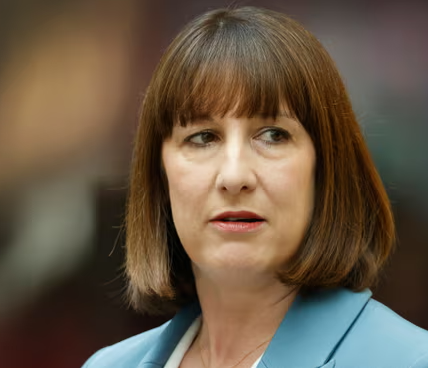Untested £22bn carbon capture scheme really will work this time, insists Starmer! B
Doubts remain about financial viability of fourth major carbon capture and storage project to be tried in UK

A £22 billion taxpayer-backed carbon capture scheme will be successful despite years of setbacks for the green technology, Sir Keir Starmer has insisted.
The Prime Minister announced funding for three projects in northern England that will capture the carbon dioxide emissions from energy production and store them under the sea.
It is the fourth time a major carbon capture and storage (CCS) project has been tried in the UK, amid doubts that the technology can ever be commercially viable because of the costs involved.
But Sir Keir insisted this time would “absolutely” be different, saying the technology was crucial for industries that were difficult to electrify, such as glass and cement.
He said: “We have got a unique opportunity for carbon capture, using literally the same pipes we have got in Scotland, using the same infrastructure where fossil fuels came down the pipes that will now be used in reverse.”
The first carbon capture project in the UK was proposed in 2005 by BP but the plan, for a gas power plant with CO2 storage near Peterhead, never moved past concept stage.
How carbon capture and storage works
Designed to prevent the release of CO₂ emissions into the atmosphere
Advertisement

A competition for projects two years later collapsed after one of the bidders withdrew. Lord Cameron cancelled a major £1 billion CCS project at the last minute in 2015, citing its affordability.
Although the technology for capturing emissions from industrial processes or energy production is well established it is expensive to do, raising questions about how the industry can be viable without permanent taxpayer backing or onerous costs on businesss.
Of the 42 carbon capture projects in operation worldwide, the vast majority are used in the oil industry where the carbon is injected into wells to free trapped oil, making them more commercially viable.
The remaining 12 projects that are intended to store carbon permanently to reduce overall emissions have never been proven to be profitable.
Prof Peter Styring, the co-founder of a company that backs new CCS techniques, said that the older technology, which uses chemcials known as amines to extract CO2, is unlikely to ever be viable at scale.
He said: “This is the fourth time we have tried to use amine capture technology at scale to capture CO2.
“This time there is a proposal for a pipeline, which is great, but it still doesn’t address the fundamental problem that the amine technology is expensive, both capital and operational costs, it is very big in terms of land area usage and the amine solvents evaporate, degrade and have to be recovered.”

The £21.7 billion of investment will be spread across five years. It will come from a mixture of taxpayer and additional charges on bills, through a model similar to offshore wind.
Of the three projects given backing in Friday’s announcement, two will create energy that will feed into the grid from a new gas-fired power station and a plant that will burn non-recyclable waste.
Future projects are expected to focus on decarbonising industry using blue hydrogen, or factory carbon capture, but it remains unclear whether the cost of these projects would also be passed on to households or taxpayers.
Energy debt has reached record levels and bills remain high in the aftermath of the crisis in Ukraine.
Green groups argue that CCS represents a poor return on investment in terms of emissions saved per pound spent, and say money should be focused on easy wins such as insulating homes.



